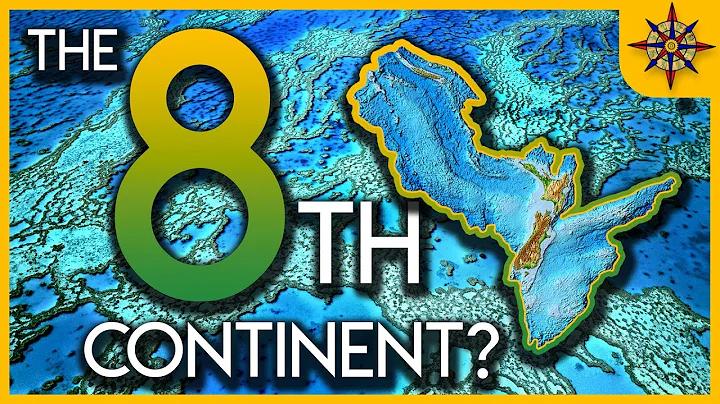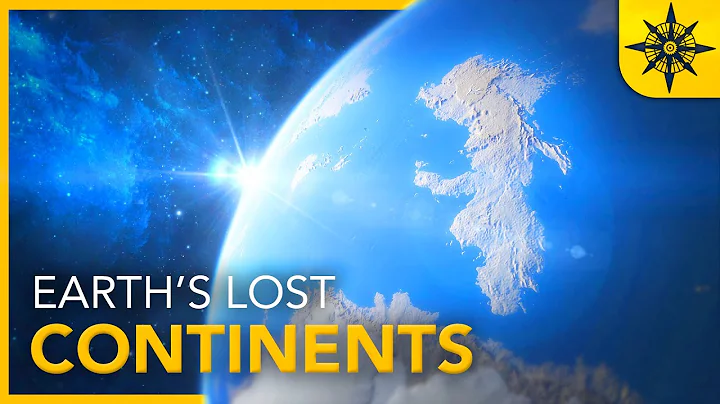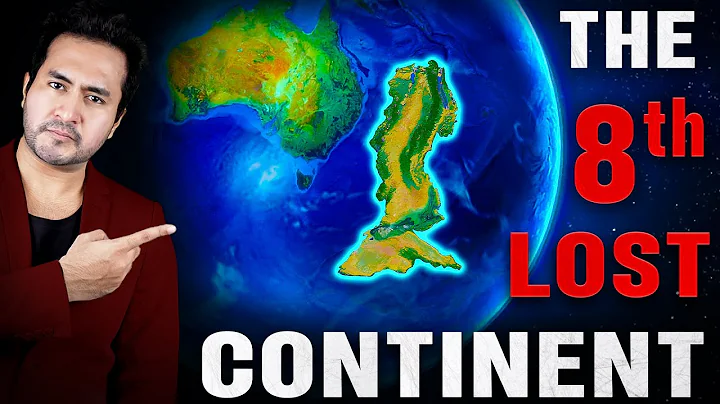coordinates: Australia

The home of the world's rarest insect turns out to be a barren stone spire, part of the lost continent of Zealand. (Zealand is a submerged continent. It covers an area of about 5 million square kilometers. 94% of this continent has been submerged in the sea, and only New Zealand and some other islands are still floating on the water.)
It is called Boer. The pyramid, the remains of a massive volcano, juts out 1,843 feet into the Pacific Ocean. It once disappeared and was recently rediscovered as one of the surviving relics of Zealandia's sunken landmass. The Pyramid of Ball is located approximately 23 kilometers east of Lord Howe Island. It is about 550 meters above the water, about 1100 meters (3600 feet) long and 300 meters (980 feet) wide, making it the tallest volcanic pile in the world. These rock formations can be seen from the Mount Gower Trail on Lord Howe Island.

In 1788, Royal Navy Lieutenant Henry Leadbird Ball discovered this rock spire. At first, this barren rock spire was thought to be lifeless until 2001, when a group of scientists discovered that there may be The rarest insect in the world.
The Lord Howe Island stick insect has not been found alive in more than 70 years. Known as "land lobsters" or "walking sausages," the six-inch-long insects were once common on neighboring Lord Howe Island, but are thought to have been introduced when a supply ship ran aground on the island in 1918. The island's black rats ate them to extinction.

However, in 2001, scientists discovered a giant colony of Lord Howe Island stick insects living in a scrub 100 feet from completely barren rock. Somehow, some wingless insects escaped and, by unknown means, crossed 14 miles of open ocean and landed on the Pyramid of Boer, where they survived. Only 27 insects were found on the rock spire. They are currently being bred in captivity.





















